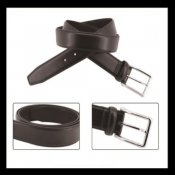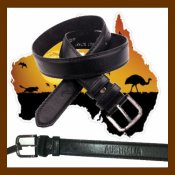Close
- Home
- Spectacles
- Die Cast Models
- Books & More
- Belts
- Thongs
- Sticker Label Cars
- Lighters
- Plastic Toys
- Hygiene Products
- Special
- Elbow Grease
-
Brands
- ATC
- AusFlame
- AusKare
- BB by Cooleyes
- BIOHAZARD
- CG EYEWEAR
- CHOPPERS
- Cool Day's
- COOLEYES
- Cooleyes Koala
- DC EYEWEAR
- Elbow Grease
- GUZZI
- GUZZINI
- Invinio
- KAIDEWEI
- KHAN
- Kingstoy
- KINSMART
- LEATHER BELTS
- LOCS
- Metallic
- Mind To Mind
- Motormax
- MSZ
- MZ Model
- POKER
- RED OX
- Roxx
- SAICO
- SOCKS-ON
- SWISSSPORT
- TAI TUNG
- TERACELL
- TOP CHOICE
- WELLY
- WGT
- WINCELL
- WINMAX
- XPLANES
- XSPORTS
- _AM
Mon to Fri : 09:00AM to 05:00PM
(07) 3865 2175
- Home
-
Spectacles
-
Sunglasses
- Quick Order in Bulk
- Fashion Sunglasses
- Sports Sunglasses
- Kids Sunglasses
- Polarized Sunglasses
- Sunglasses with Stand
- Bamboo Sunglasses
- Aviator Sunglasses
- Goggles

-
Reading Glasses
- Plastic & Metal Readers
- 4 Style Mixed Reading Glasses
- Anti Blue Light Readers
- Tinted Lens Reading Glasses
- Counter Display Readers
- Readers with Display Stand

-
Display & Accessories
- Sunglasses Hard Case
- Sunglasses Soft Case
- Reading Glasses Hard Case
- Reading Glasses Soft Case
- Accessories for Glasses
- Display Rack

- Die Cast Models
-
Display Box

-
Window Box

-
Aircraft

-
KDW Heavy Diecast

-
Emergency & Service

-
Moto Bike

-
Train & Bus

-
Military

-
Tractors & Trucks

-
Light & Sound

-
Model Kit

- Books & More
-
Children's Educationa

-
Adult Puzzle & Colouring

-
Display Stand

- Belts
- Thongs
- Sticker Label Cars
- Lighters
- Plastic Toys
- Hygiene Products
0 Shopping CartAUD $0.00CloseOrder Summary
Recently added items:
ItemQtyPriceYour cart is empty.
- Home
- Books & More
- Children's Educationa
- Animal Books
- Saltwater Crocodile - All About Me (MM21708)
-





























